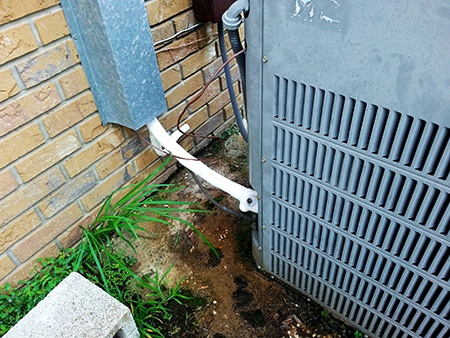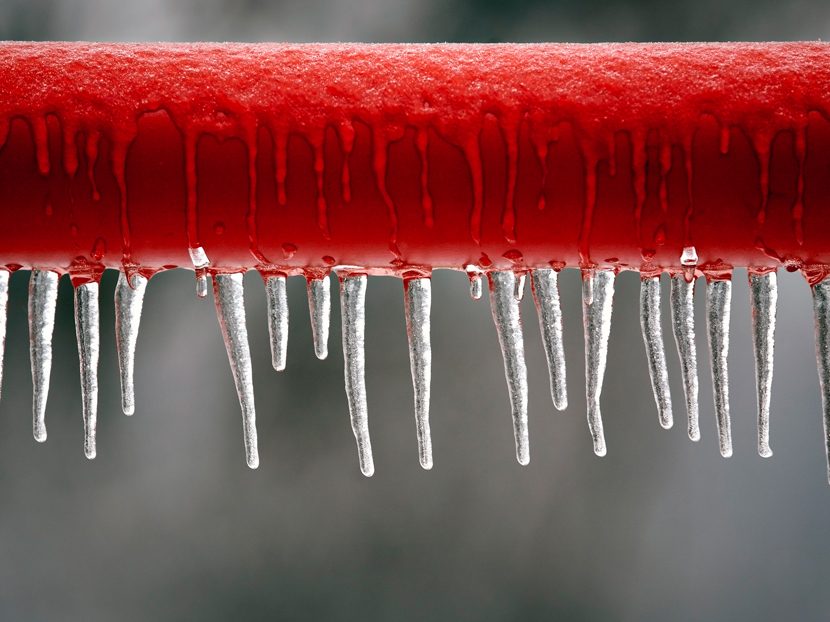Advice on Unfreezing a Frozen AC Pipe - Restoring Proper Operation
Advice on Unfreezing a Frozen AC Pipe - Restoring Proper Operation
Blog Article
Right here down the page you can locate some sensible answers in relation to What Do I Do If My AC Pipe Is Frozen.

Intro
Uncovering that your air conditioner pipe is iced up can be concerning, particularly throughout warm summer months when you depend on your air conditioner the most. Understanding what to do in such a circumstance is vital to stop more damage to your cooling system and ensure your convenience inside.
Recognizing the Causes
Numerous aspects can contribute to the freezing of an air conditioning pipe. Recognizing these causes can help you address the concern successfully.
Lack of Airflow
One usual root cause of a frozen AC pipeline is inadequate airflow. When the air movement over the evaporator coil is restricted, it can trigger the coil to drop below freezing temperature, leading to ice development on the pipe.
Reduced Refrigerant Levels
Insufficient cooling agent levels in your air conditioning system can also cause an icy pipeline. Reduced refrigerant levels can create the pressure in the system to go down, leading to the cold of wetness on the evaporator coil.
Cold Weather Conditions
In chillier environments, freezing temperature levels outside can contribute to the freezing of a/c pipelines. If your a/c device is not effectively insulated or if there are leakages in the ductwork, cool air can penetrate the system, triggering the pipe to freeze.
Dirty Air Filters
Unclean or clogged up air filters can limit airflow in your air conditioner system, leading to numerous concerns, consisting of a frozen pipeline. It's important to replace or cleanse your air filters on a regular basis to make sure proper air flow and prevent ice build-up.
Signs of a Frozen A/c Pipe
Recognizing the indications of an icy AC pipe is critical for punctual action.
Lowered Airflow
If you discover a significant reduction in airflow from your vents, it can show a frozen pipeline.
Ice Buildup on the Pipe
Visible ice build-up on the refrigerant line or the evaporator coil is a clear sign of a frozen air conditioning pipeline.
Strange Sounds from the Unit
Uncommon audios, such as hissing or gurgling, originating from your AC device can signify that there's ice existing on the pipeline.
Immediate Actions to Take
When faced with a frozen air conditioner pipeline, it's vital to act swiftly to avoid further damages to your air conditioning system.
Turning off the air conditioner
The very first step is to switch off your air conditioner to avoid the system from running and exacerbating the problem.
Looking for Blockages
Evaluate the area around the interior system for any kind of obstructions that may be obstructing airflow, such as furniture or curtains.
Defrosting the Pipe
You can make use of mild methods like putting towels soaked in cozy water around the icy pipeline to aid thaw it slowly.
Preventive Measures
Taking preventive measures can help prevent future incidents of a frozen air conditioning pipe.
Routine Maintenance Checks
Schedule normal maintenance contact an expert HVAC specialist to make certain that your air conditioning system is running efficiently.
Altering Air Filters
Routinely replace or clean your air filters to avoid air flow constraints and preserve optimum performance.
Insulating Exposed Pipes
If your air conditioning pipes are revealed to chilly temperature levels, think about insulating them to avoid cold during winter season.
Seeking Professional Help
If DIY techniques stop working to deal with the problem or if you're unclear about exactly how to proceed, it's best to seek aid from a qualified HVAC service technician.
When DIY Methods Fail
If your attempts to thaw the pipe or address various other problems are unsuccessful, it's time to call in a specialist.
Significance of Hiring a Professional HVAC Technician
A qualified HVAC service technician has the competence and devices required to detect and repair concerns with your air conditioner system securely and effectively.
Verdict
Dealing with a frozen air conditioning pipe can be an aggravating experience, but knowing how to react can assist decrease damage and bring back convenience to your home. By recognizing the reasons, identifying the signs, and taking prompt action, you can effectively address the concern and prevent future incidents.
What to Do If Your AC Line Is Frozen
Make Sure All Supply and Return Air Vents Are Open
If you notice problems with airflow, the first thing you should do is check your supply and return vents. Supply vents distribute clean, conditioned air throughout your home. As this air becomes stale, it’s pulled into the return vent, where it’s reconditioned before being sent back out through the supply vent.
When these vents are closed, air won’t flow in the home. Before examining your AC, check the vents in every room and ensure they’re all open.
Check for a Dirty Air Filter
Another possible cause of limited airflow is a dirty air filter. Your air conditioner’s filters catch elements you don’t want to breathe in, such as dirt and dust. Over time, filters can become clogged, ultimately blocking air from flowing in and out. The lack of airflow can then cause the entire coil to freeze and will completely restrict any air from moving through it. The AC may need to be powered off for one to two days to allow the coil to thaw after replacing the filter to allow proper functioning of the unit. This debris can also accumulate on your AC’s evaporator coil, requiring a more serious repair. In general, air filters should be cleaned regularly (about every two weeks).
Assess Your Outdoor Unit
In addition to checking your AC, assessing the outdoor unit is a good idea. Also known as the condensing unit, it works with your interior unit to release heat outside. An issue with the outdoor unit can result in rising internal temperatures.
Overgrown Shrubs or Clogged Leaves
From leaves and twigs to shrubs and debris, there’s no shortage of outdoor elements that can accumulate around your condensing unit. When these elements get lodged inside the unit, they can block airflow. Fortunately, removing the blockage can solve the problem.
Sounds of a Broken Fan
Shrubs and leaves aren’t the only things that can impede your outdoor unit’s airflow. If the fan is broken, the unit won’t be able to properly get rid of heat — which means the internal temperature won’t go down. First, make sure the fan is spinning. If it is, check for the following sounds of a broken fan:
Buzzing Rattling Screeching Hissing Clicking Preventative Measures
Nobody wants to deal with a frozen AC line. In addition to causing problems with your air conditioner, they require professional repairs. On the bright side, there are preventative measures you can take to help ensure this issue doesn’t arise in the first place.
https://www.coopergreenteam.com/blog/what-to-do-if-ac-line-frozen

We hope you enjoyed our post on Have a Frozen AC Line? Here’s How to Fix It. Thanks a ton for taking time to browse our article. Loved our posting? Please share it. Help others discover it. I treasure reading our article about Why Is Ice On My Outside Air Conditione.
Free Quote Report this page